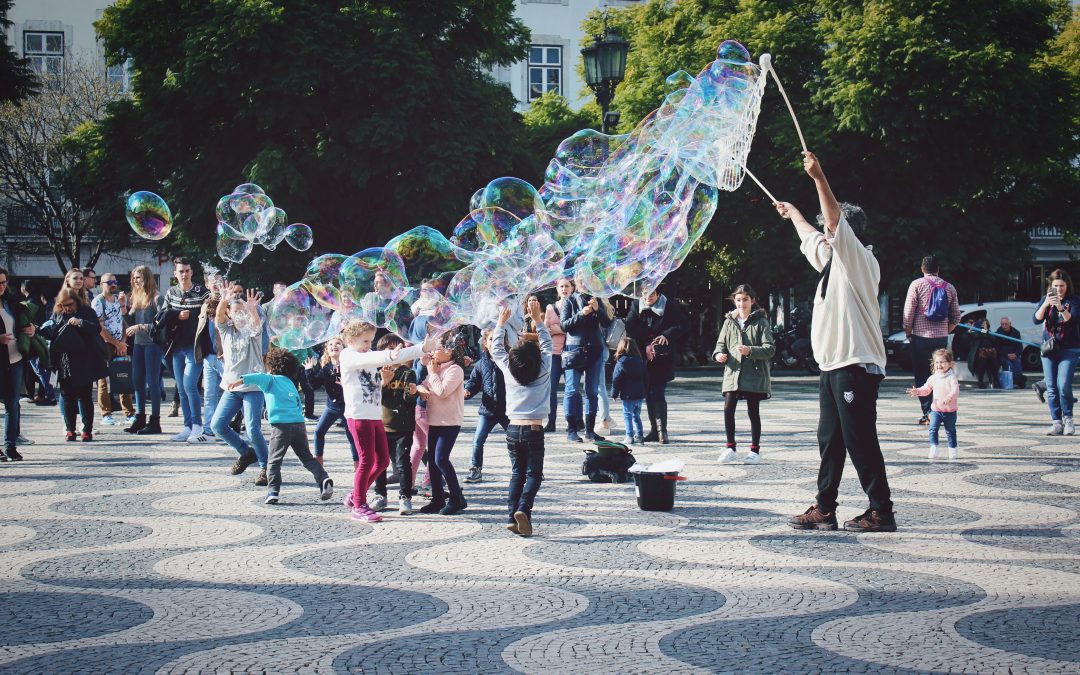
Top 5 Speakeasies in New York City
To choose the top five speakeasies in New York, it’s probably a good idea to first define a speakeasy, since the term is perhaps too liberally applied to bars throughout the city. Speakeasies arose in the 1920s during the Prohibition era and served dangerously bootlegged liquor. Any alcoholic watering hole needed to be kept hush-hush: thus, the passwords, hidden entrances, and eccentricities commonly associated with speakeasies.
In a voyeuristic city like New York, where one can bird-watch one’s neighbors through the two-way mirror of parallel apartment windows, secrets and exclusivity rare, sought-after commodities. So it’s not all that surprising that, for the past decade or so, modern “speakeasies” have experienced a surge in popularity–so much so that composing a top five list requires setting certain criteria. Below are the best five speakeasies in New York City for history, entrance, location, atmosphere, and drink menu.
The Original: The Back Room
Lower East Side: 102 Norfolk St. between Delancey and Rivington
The Back Room is the real deal, because it actually was a speakeasy open during Prohibition. The entrance is a testament to its history: turn off the sidewalk, descend a staircase, traverse an underground alley beneath a storefront, emerge into a courtyard of fire escapes, climb a back set of stairs and enter a large, dimly lit room, furnished à La Belle Époque. Order a classic cocktail from the bar, which you will drink from a teacup, to give you plausible deniability in case of a police raid.
The bar is laid out in 2 levels: the bar strip is set slightly below a larger platform featuring a fireplace, a piano, bookcases, and cozy armchairs and couches. (And yes, one of those bookcases conceals a hidden room, giving double meaning to the bar’s name.) The Back Room can claim patronage by gangsters, thespians, and movie stars of the day. It has also been featured in Broad City’s “Hashtag FOMO” episode, where Abbi’s alter-ego Val makes an appearance.
Best Entrance: PDT
East Village: 113 St. Mark’s Place
PDT (Please Don’t Tell) is accessed through a phone booth within a Crif Dogs establishment in the East Village. Enter the phone booth, pick up the phone and dial ‘1’ to check in with the hostess on the other side of the wall. If granted entrance, your party will parade through the phone booth, to the confusion of Crif Dog patrons. For Doctor Who fans, just pretend the phone booth is blue and the experience takes on an added dimension: “It’s bigger on the inside!” On the other side, you’ll be treated to high-end cocktails accompanied by most excellent hot dogs – a winning combination.
Best hidden: The Campbell Apartment
Midtown East: 15 Vanderbilt Ave. entrance of Grand Central station
How can a speakeasy be tucked away in one of the most trafficked thoroughfares in New York City? Well, the best-hidden things are often hidden in plain sight. Perhaps you never knew of a gorgeous space located directly above the hustle and bustle of Grand Central Terminal: the Campbell Apartment.
This lofted bar is truly stunning, somehow resembling a medieval hall with its high ceiling, windows, and fireplace, along with the iconography and hieroglyphic patterning seen in the Egyptian wing of the Met. Formerly the office of 20s tycoon John W. Campbell, who had an “in” on high-end office space through his friend Vanderbilt, who financed the station’s construction, this space is a welcome respite from the hectic scene below. Also–and this is important–the Golden Age cocktail is served in a golden pineapple.
Best atmosphere: Gallow Green
Chelsea: Take the elevator at 542 West 27th St. for Gallow Green, or enter at 532 West 27th St. for the Manderley Bar
One thing you won’t usually get in a speakeasy is a view. Gallow Green is one of the most atmospheric bars in New York City: unsurprising, considering the creative forces behind Sleep No More are housed in the same building. Located on the roof of the McKittrick Hotel, Gallow Green boasts a beautiful view of the city and is decorated like an imagining of Midsummer Night’s Dream: a fairy garden complete with fairy lights. There’s also–inexplicably–a train car on the roof.
In the winter, take shelter from the cold in “The Lodge at Gallow Green,” redecorated to resemble a cozy, rustic winter cabin. If roomy rooftop bars aren’t secret enough (though many New Yorkers would beg to differ–a good rooftop bar is hard to find), check out the Manderley Bar a few floors down: a jazzy lounge at the entrance to the interactive, immersive performance of Sleep No More.
Best Cocktails: Raines Law Room
Chelsea: 48 West 17th St.
As a precursor to Prohibition, in 1896 New York City passed the Raines Law, which limited the Sunday sale of alcohol to hotels only. To bypass the law, bars hastily became slapdash “hotels.” Raines Law Room is named for such, but the name isn’t displayed outside the unmarked black door, behind which you’ll discover a sophisticated parlor with armchairs and couches, arranged to accommodate parties and cordoned off with curtains. Pull a lamp string on the wall to summon your waiter and order a delicious cocktail – everything on the menu is excellent.

